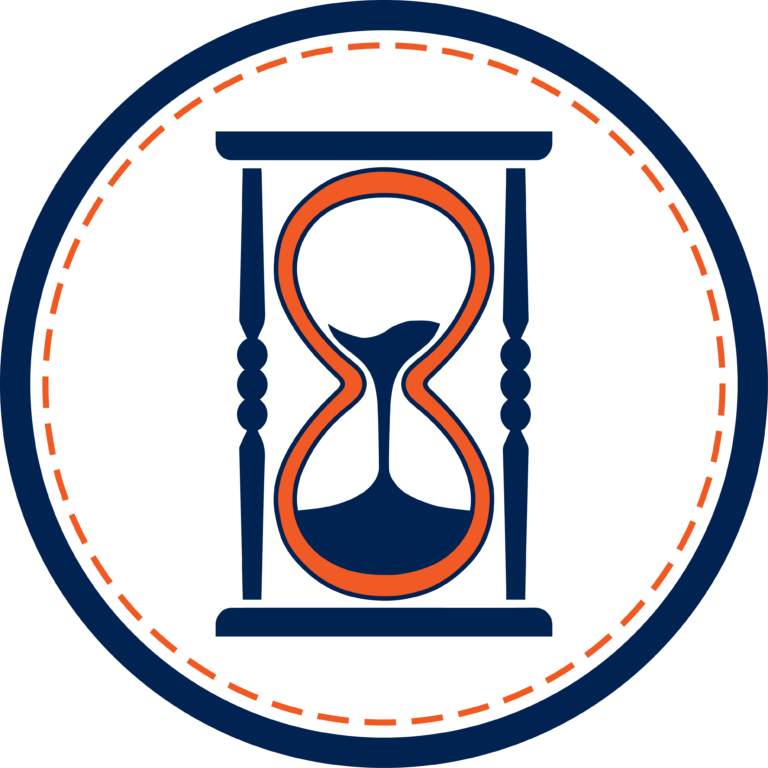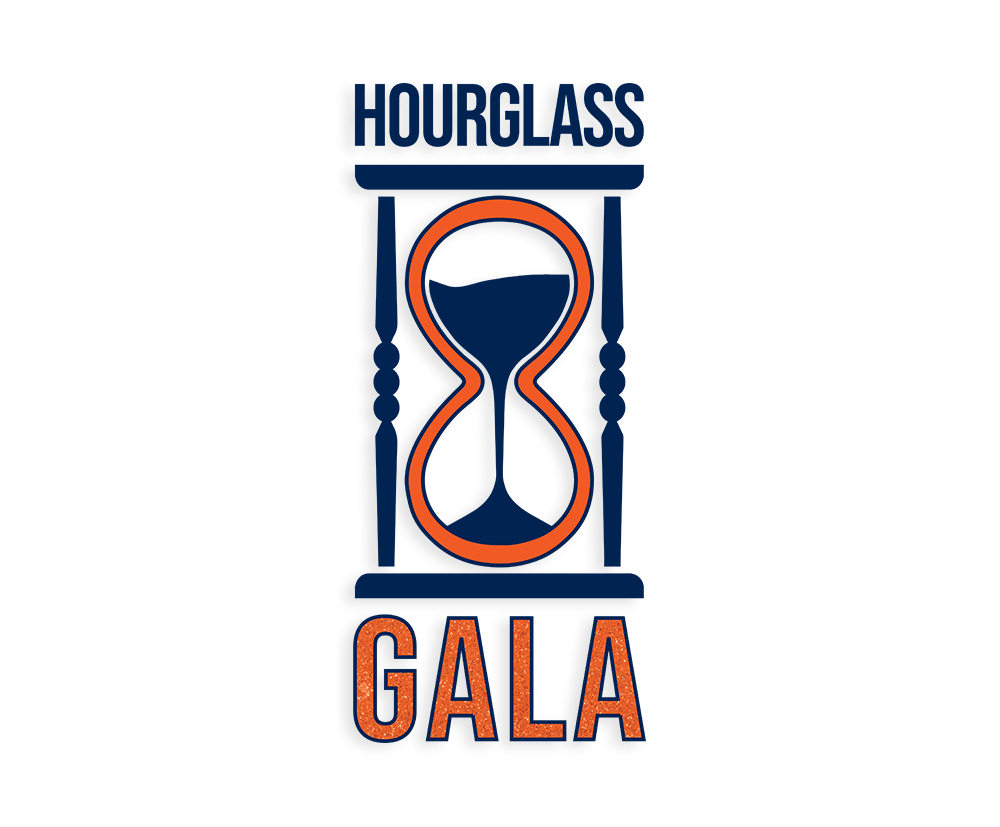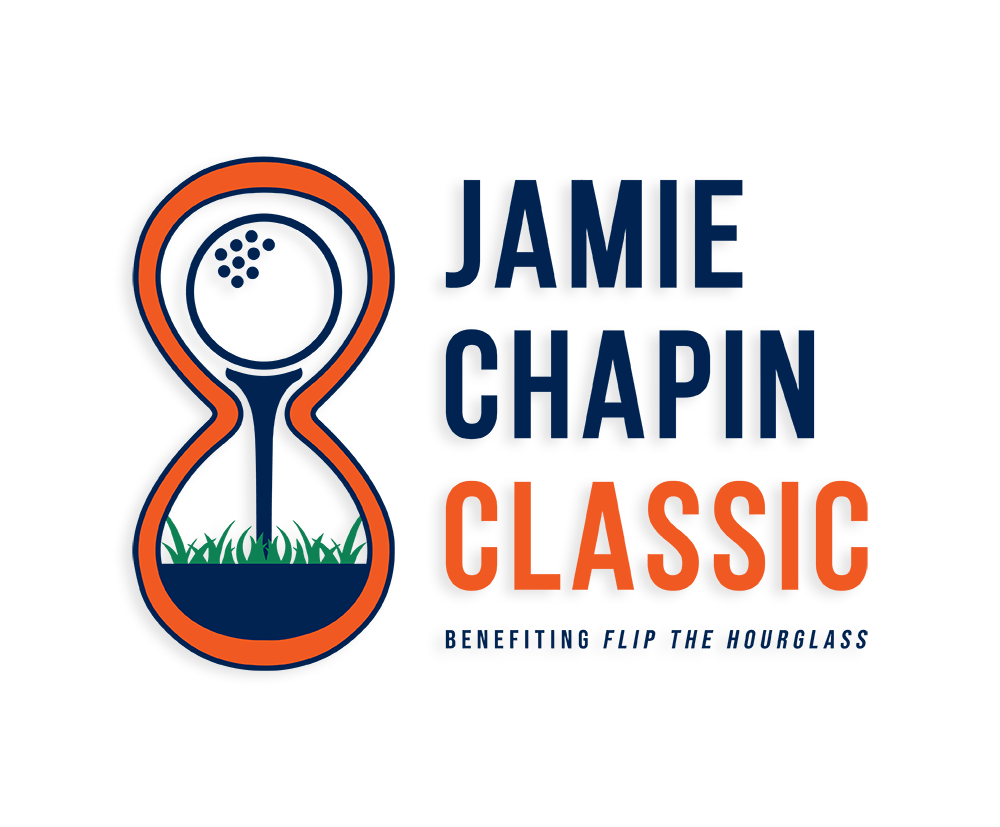Flip The Hourglass Mailing list
Stay up-to-date on the latest updates, events, and content.


Coming in 2024

Coming in 2024
Compared to other well-known cancer types like prostate cancer, breast cancer, Non-Hodgkin Lymphoma, colon cancer, and leukemia the average five-year survival rate in the U.S.A. across all forms of brain cancer is exceptionally low. For the most aggressive forms of brain cancer, this statistic is even lower.
Additionally, since the 1970s, improvements in the five-year survival rate of brain cancer (8.1% improvement) are below average as compared to the average improvements in five-year survival rates across all cancer types (16.7% improvement).
Based on data by Journal of the National Cancer Institute; Surveillance, Epidemiology and End Results Program.

Deborah is an advocate for the fight against brain cancer. She has been actively involved in raising awareness and connecting people to support the fight against this devastating disease since the loss of her son, Jamie Chapin, in 2011. Jamie passed away at just 25 years old after a courageous battle with glioblastoma.
In Deb’s words, “Flip The Hourglass represents our collective, urgent appeal to the doctors, research scientists, and affiliated entities to find a way to buy some time for brain cancer patients until a breakthrough treatment is discovered.”

Randy Hill is a brain tumor survivor living in Gainesville, Florida with Mari, his wife of 38 years. He is a fundraiser, speaker, organizer, and advocate for brain tumor research.
Randy is retired from a 35 year career in international corporate banking in Manhattan. He is a fitness enthusiast who particularly enjoys swimming and golf. He has completed several marathon swims, both competitively and as a fundraiser.

Garrett Hanrahan is the head coach of the University of Florida men’s lacrosse team. He initially joined the fight against brain cancer as the lead organizer for the Jamie Chapin Classic, a charity golf tournament that raised funds for brain cancer research in honor of Jamie Chapin, a Gator Lacrosse alumnus and team captain. In 2020, the battle against brain cancer became even more personal for Garrett and his family when his father-in-law, Bill Baer, was diagnosed with glioblastoma. Bill passed away in 2022 after a courageous battle against the disease.
Stay up-to-date on the latest updates, events, and content.